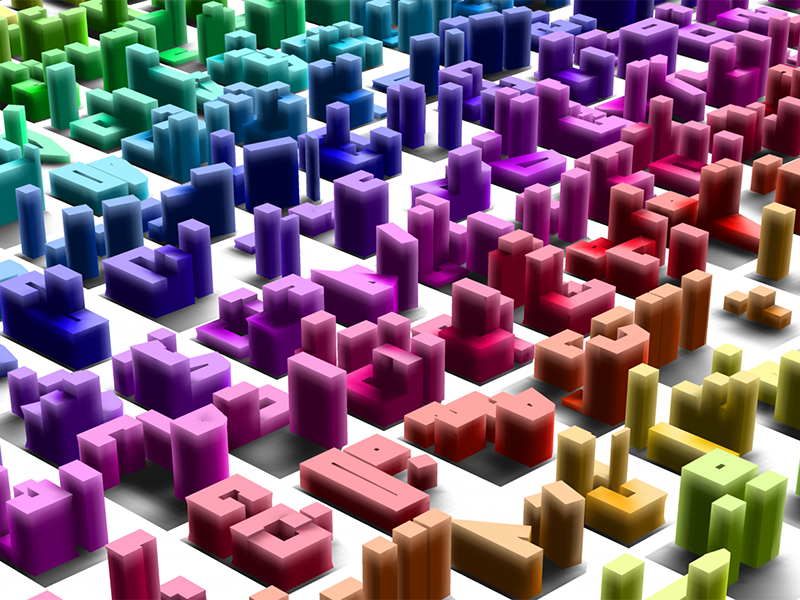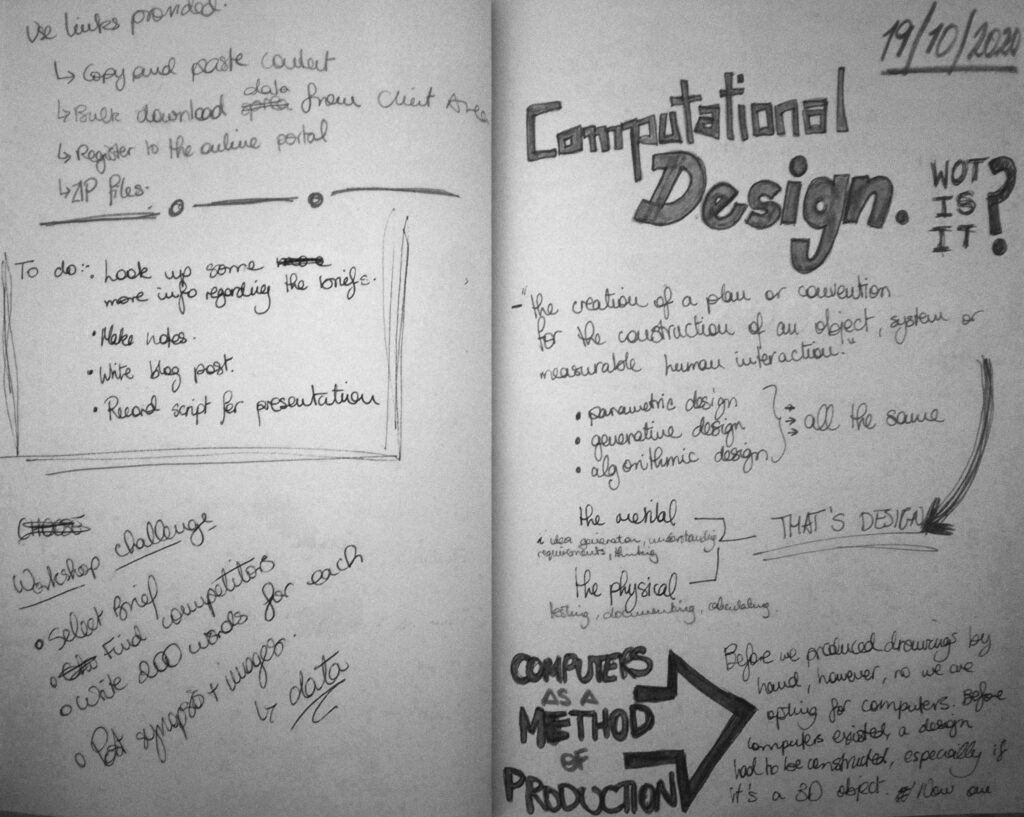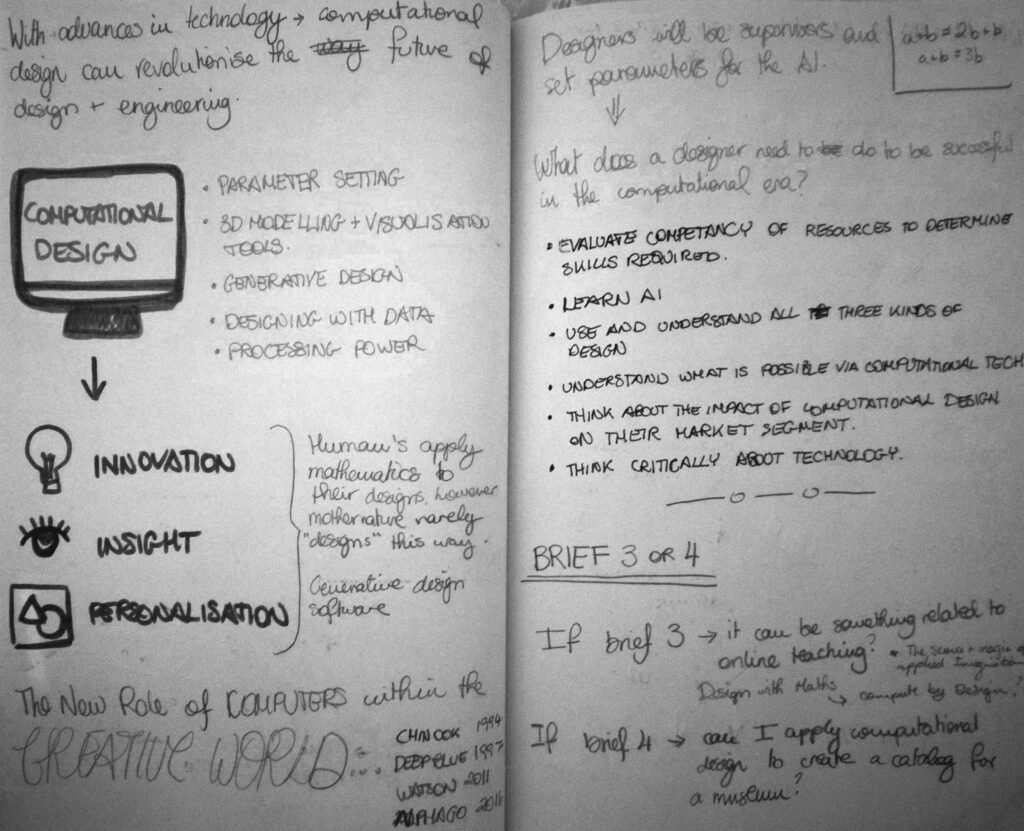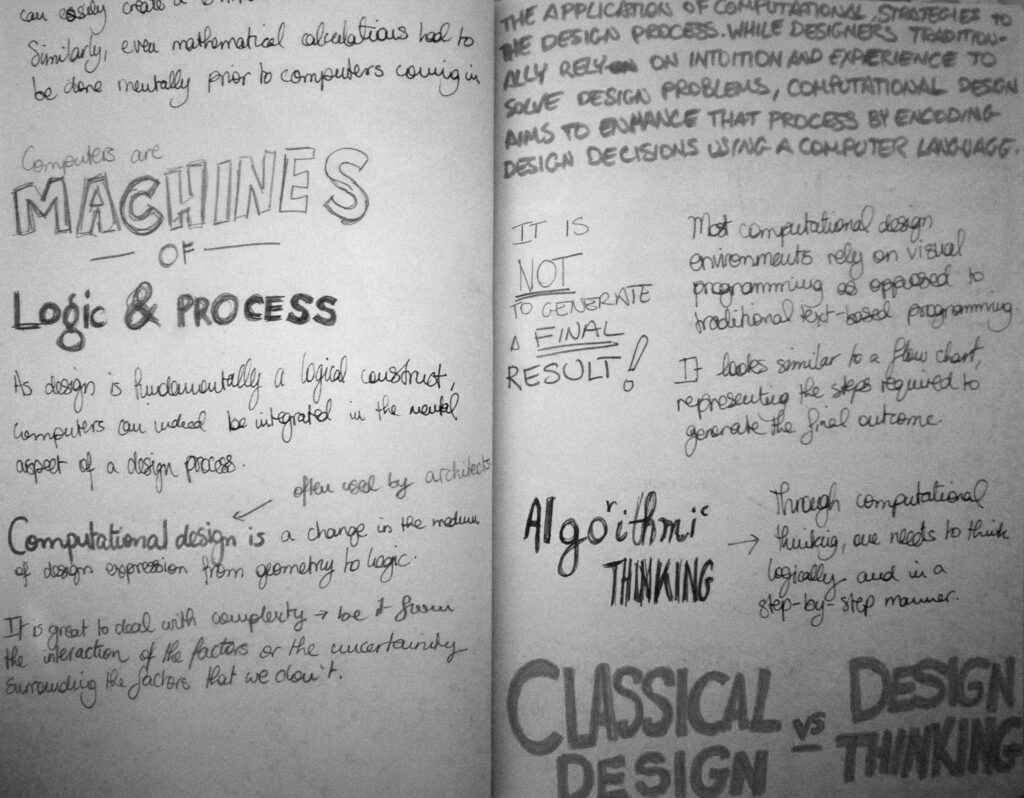
Computational Design: The Next Level in Design Thinking?

Design thinking, the latest school of design that has gained popularity in the 90s and changed the way creatives and engineers alike change the way they think when it comes to a new project. Prior to this, the ‘classic’ way of approaching a creative project was to find the ‘perfect’ solution – what is the best way to produce the perfect outcome. However, when ‘design thinking’ was gaining popularity, creatives where addressing projects by first identifying what is the underlying problem, and question what the ideal solution is. Whereas before creatives saw perfection as the ultimate goal, now they were after innovation and user experience. That being said, in academia, both schools of design are taught to students, for indeed both approaches have their advantages. However, technology has made leaps in the past 20s, so much so that is bringing forward a possible third school of design.
This new school of design is computational design. Computational design is a new design methodology that can produce hundreds of design outcomes to find multiple solutions at once. Traditionally, designers rely on intuition and experience to solve design problems, however, through computational design, multiple options can be generated based on the parameters and restrictions the designers set. Such a new method can make room for innovation, insight and personalization for any particular product or outcome.
What makes up computational design?

In order to have a clearer picture of what computational design is, it is worth understanding how the use of a computer has changed in relation to design over the course of time. Before, designers produced drawings by hand, however, nowadays, such drawings are produced using specialized computer software. Similarly, models were built by hand whereas now it can easily be created virtually. It is important to understand that computers are machines that are able to ‘think’ – not think in the psychological sense’, but rather being able to make assumptions based on the data given. As design is fundamentally a logical construct, computers can indeed be integrated in the ‘mental’ aspect (the ‘brainstorming’ and ‘idea generation’ phases) of the design process.
So what is really computational design? Well, computational design can be explained into five major definitions, namely:
- Parameter setting – Through computer-like language logic, one can set restrictions and parameters to test a wide range of computer-generated designs.
- 3D Modelling and Visualisation Tools – With such facilities, a designer can easily create real-life simulations for new ideas.
- Generative Designs – Such an approach mimics nature’s way of evolving. This occurs through creating, testing and analysing multiple outcomes of a solution.
- Data Design – By applying billion of data points, a computer can generate an outcome based on the data given.
- Processing Power – Using vast amounts of cloud-based computational power and automation, designs that were before impossible to produce are now possible an feasible.
It is true that the definition of computational design is still in its early stage, however it is very clear that this will change the role of the designer and also how things are made.
The New Role of Computers in the Creative World
As already mentioned, computers have become part and parcel in the creative world. Gone are the days of typesetting and putting together layouts manually. That said, it is important to know that today’s computers are such efficient and proficient design ‘thinkers’ thanks to advances in artificial intelligence of the past 25 years. Throughout history, humans have shaped the world, but as AI is always improving and is indeed becoming a ‘free-thinking body’ (figuratively), designers will now then leverage technology more, so as to deliver even better solutions than will be beneficial to the world, and venture in areas where human power was not enough. In the future, designers may even take roles of a supervisor and will work less on the actual production, however, they will in turn mentor and set parameters for the computational designs.
Is this a New Design Landscape?
As it is still in the early stages, such changes will definitely bring more questions rather than answers. Some burning question include whether this will replace designers completely, or will it devalue design? Will AI and computational design eradicate the ‘craft’ out of design? Will this bring about new employment opportunities or will it monopolise the industry.
This are all questions that are worth thinking over. In the meantime, it is good to have a good look at where the creative world is going, and a designer equips oneself to be successful in this up and coming generation of design practice. Learning is an endless curve, so learning something new every day is never a loss.
Bibliography
Jeffries, P., 2016. What Is Computational Design? – Computational Design. [online] Blog.ramboll.com. Available at: <https://blog.ramboll.com/rcd/articles/what-is-computational-design.html> [Accessed 20 October 2020].
Doucette, M., 2018. Computational Design: The Future Of How We Make Things Is Tech-Driven. [online] Visual Capitalist. Available at: <https://www.visualcapitalist.com/computational-design-future-tech-driven/> [Accessed 20 October 2020].
Kilkelly, M., 2016. 5 Ways Computational Design Will Change The Way You Work. [online] ArchDaily. Available at: <https://www.archdaily.com/785602/5-ways-computational-design-will-change-the-way-you-work#:~:text=Computational%20design%20is%20the%20application,decisions%20using%20a%20computer%20language.> [Accessed 20 October 2020].








